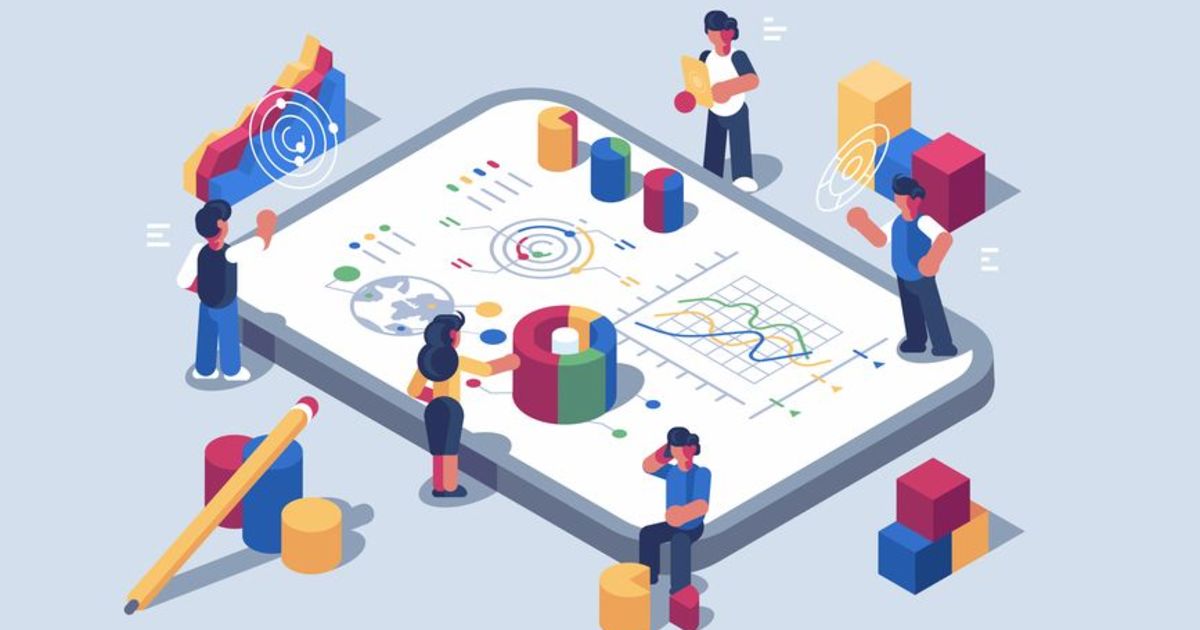Boost Efficiency and Productivity Through Data Analytics
In today's data-driven landscape, services are significantly identifying the pivotal function of information analytics in boosting operational performance and success. By methodically evaluating information, companies can uncover critical understandings that inform tactical decisions, streamline procedures, and tailor client experiences.
Comprehending Data Analytics
In today's data-driven landscape, understanding data analytics is crucial for organizations intending to improve functional effectiveness and drive profitability. Data analytics involves the methodical computational evaluation of information collections to discover patterns, connections, and understandings that educate decision-making. By utilizing different methods, such as statistical evaluation, maker discovering, and anticipating modeling, organizations can change raw information into workable knowledge.
The procedure usually begins with information collection, where relevant information is collected from multiple sources, including transactional data sources, client interactions, and market fads. This information is then cleaned up and arranged to ensure precision and consistency. Once the information is prepared, logical devices and software application are made use of to envision the details and discover, making it possible for stakeholders to determine fads and abnormalities.
Ultimately, comprehending information analytics empowers companies to make enlightened decisions based on empirical proof as opposed to instinct. It promotes targeted methods that can maximize resource allocation, improve client satisfaction, and improve general performance. As services increasingly recognize the worth of data-driven understandings, a strong understanding of data analytics comes to be a crucial proficiency for leaders and teams alike, positioning them for continual success in an affordable atmosphere.

Trick Advantages for Companies
Organizations that take advantage of information analytics can unlock a multitude of advantages that substantially enhance their procedures and profitability. Among the main benefits is boosted decision-making. Information analytics provides workable insights stemmed from real-time information, allowing companies to make informed choices that straighten with market needs and customer preferences.

In addition, data analytics cultivates boosted customer experiences. By comprehending consumer actions and choices, businesses can tailor their offerings, resulting in raised satisfaction and loyalty. This customized strategy usually causes greater conversion rates and repeat service.
In addition, data analytics makes it possible for organizations to recognize arising chances and trends. By remaining in advance of the curve, organizations can take advantage of brand-new markets and innovations before their competitors.
Carrying Out Data-Driven Strategies
Successful implementation of data-driven approaches calls for an extensive understanding of both available data and organizational objectives sources. Organizations should initially define their purposes clearly, making sure alignment in between data efforts and strategic goals. This quality makes it possible for teams to concentrate on appropriate metrics and insights that drive decision-making.
Top quality data is important for precise analysis, as inadequate information can lead to illinformed techniques and squandered resources - Analytics. Organizations must develop procedures for information collection, cleaning, and monitoring to maintain data honesty.
Moreover, cultivating a data-driven society is crucial. Staff members at all degrees need to be urged to leverage information in their day-to-day operations. Educating workshops and programs can improve data proficiency, empowering staff to make enlightened decisions based upon analytical insights.
Tools and Technologies Overview
A durable collection of innovations and devices is crucial for organizations intending to harness the full potential of information analytics. These devices facilitate the collection, handling, and visualization of data, making it possible for businesses to obtain workable insights.
At the foundational degree, data administration systems such as SQL databases and NoSQL systems supply efficient data storage and retrieval Resources capabilities. For information handling and evaluation, programs languages like Python and R, in addition to structures such as Apache Flicker, make it possible for complicated calculations and artificial intelligence applications.
Visualization tools, consisting of Tableau and Power BI, change raw information right into user-friendly graphical formats, making understandings accessible to stakeholders at all levels. In addition, cloud-based systems like Google Cloud and AWS use scalable storage and handling services, suiting the growing volumes of data companies run into.
For sophisticated analytics, predictive modeling and AI-driven solutions are significantly taken on, enabling business to anticipate fads and improve decision-making processes. Incorporating these tools into existing process is vital; companies that efficiently utilize this technology can significantly have a peek here enhance functional effectiveness and drive profitability. Thus, buying the right devices and technologies is a critical imperative for any type of data-driven organization.
Study of Success
Leveraging information analytics has actually led many companies to attain amazing enhancements in efficiency and productivity. One significant case is a big retail chain that applied anticipating analytics to optimize inventory administration. By assessing historical sales information and customer patterns, the company decreased excess inventory by 30%, resulting in significant cost savings and improved capital.
One more example can be located in the production field, where a leading auto manufacturer utilized data analytics to boost its production procedures. By monitoring equipment performance in real-time, the company identified bottlenecks and ineffectiveness, causing a 20% rise in general tools efficiency (OEE) This not only increased manufacturing prices yet additionally lessened downtime and upkeep costs.

These situation research studies highlight how information analytics can drive strategic decision-making, optimize processes, and inevitably enhance both efficiency and earnings throughout numerous industries.
Final Thought
In verdict, the combination of information analytics into organization procedures presents considerable chances for boosting performance and profitability. By methodically examining data, organizations can identify inadequacies, maximize consumer experiences, and make informed decisions.
In today's data-driven landscape, comprehending information analytics is vital for companies intending to boost functional performance and drive profitability. Data analytics includes the systematic computational evaluation of data collections to reveal patterns, relationships, and understandings that educate decision-making. Data analytics supplies workable insights derived from real-time data, allowing companies to make enlightened choices that straighten with market demands and customer preferences.
Premium information is crucial for precise analysis, as inadequate data can lead to misguided strategies and squandered sources. Organizations must develop procedures for information collection, cleaning, and management to preserve data stability.